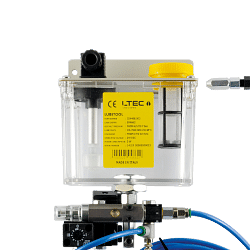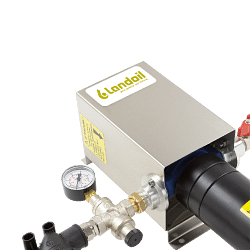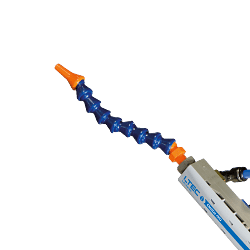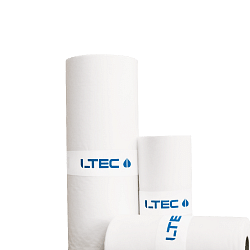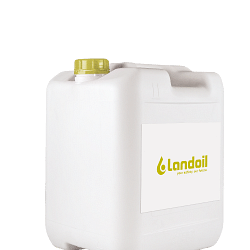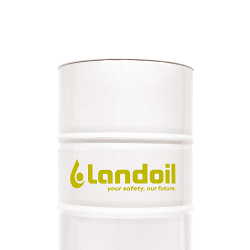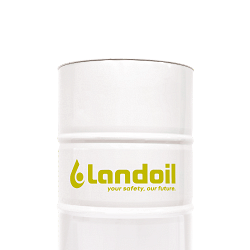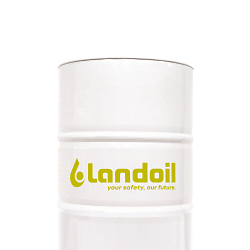< Lubricants for machine tools Oil separator
Oil separators are an essential component in the modern machine shop landscape, where operational efficiency and environmental sustainability are top priorities. These devices, designed to separate oil from water, play a crucial role in ensuring that industrial operations not only comply with environmental regulations, but also optimise production processes. In this in-depth look, we will explore in detail what oil separators are, how they work, their benefits and practical applications in machine shops.
Understanding oil skimmers: a technical overview
Oil skimmers are equipment designed to remove oil from water, an essential process in many industrial applications. These devices use physical and chemical principles to separate the two substances, ensuring that the discharged water meets environmental standards. Separation is achieved through various methods, including gravity, coalescence and adsorption, each of which offers specific advantages depending on operational requirements.
The role of oil skimmers in machine shops
In machine shops, oil separators are used to treat waste water generated during metalworking processes, vehicle maintenance and other industrial activities. This waste water often contains oils and greases that, if left untreated, can cause significant environmental damage and violate local regulations. The implementation of oil skimmers allows garages to effectively manage this waste, reducing environmental impact and improving operational efficiency.
Benefits of using oil skimmers
The adoption of oil skimmers in machine shops offers several advantages. Firstly, they help reduce environmental pollution by ensuring that discharged water is free of oily contaminants. This not only helps comply with environmental regulations, but also improves the corporate image in terms of social responsibility. In addition, oil skimmers can reduce the operating costs associated with wastewater treatment, as they reduce the need for external disposal and expensive chemical treatments.
How oil skimmers work: separation principles
Oil skimmers operate primarily through the physical separation of oil from water. One of the most common methods is gravity separation, where the oil, being less dense than water, floats on the surface and can be easily removed. Other methods include coalescence, which uses special materials to aggregate the oil droplets into larger particles, facilitating separation, and absorption, which uses porous materials to retain the oil.
Practical applications of oil separators in workshops
Machine shops use oil skimmers at different stages of the production process. For example, during metalworking, oil used as a lubricant can contaminate the cooling water. Oil skimmers treat this water, allowing it to be reused and reducing overall consumption. In addition, in vehicle maintenance operations, oil separators are used to handle waste water containing engine oils and other fluids.
Frequently asked questions about oil skimmers
1. What types of oil separators are available?
There are different types of oil separators, including gravity, coalescence and absorption. The choice depends on the specific operational requirements and the type of contamination to be treated.
2. Do oil skimmers require maintenance?
Yes, oil skimmers require regular maintenance to ensure optimal operation. This includes cleaning of components and replacement of absorbent materials when necessary.
3. Can oil skimmers be used to treat other types of contaminants?
Although oil/oil separators are primarily designed to remove oils and fats, some advanced models can be adapted to treat other contaminants, such as suspended solids.
Conclusion: the importance of oil skimmers in machine shops
In summary, oil skimmers are indispensable tools for machine shops that aim to operate sustainably and efficiently. They offer an effective solution for wastewater management, reducing environmental impact and improving operational efficiency. Investing in quality oil skimmers and maintaining them properly can lead to significant cost savings and an overall improvement in industrial operations.
Read More Read Less 




